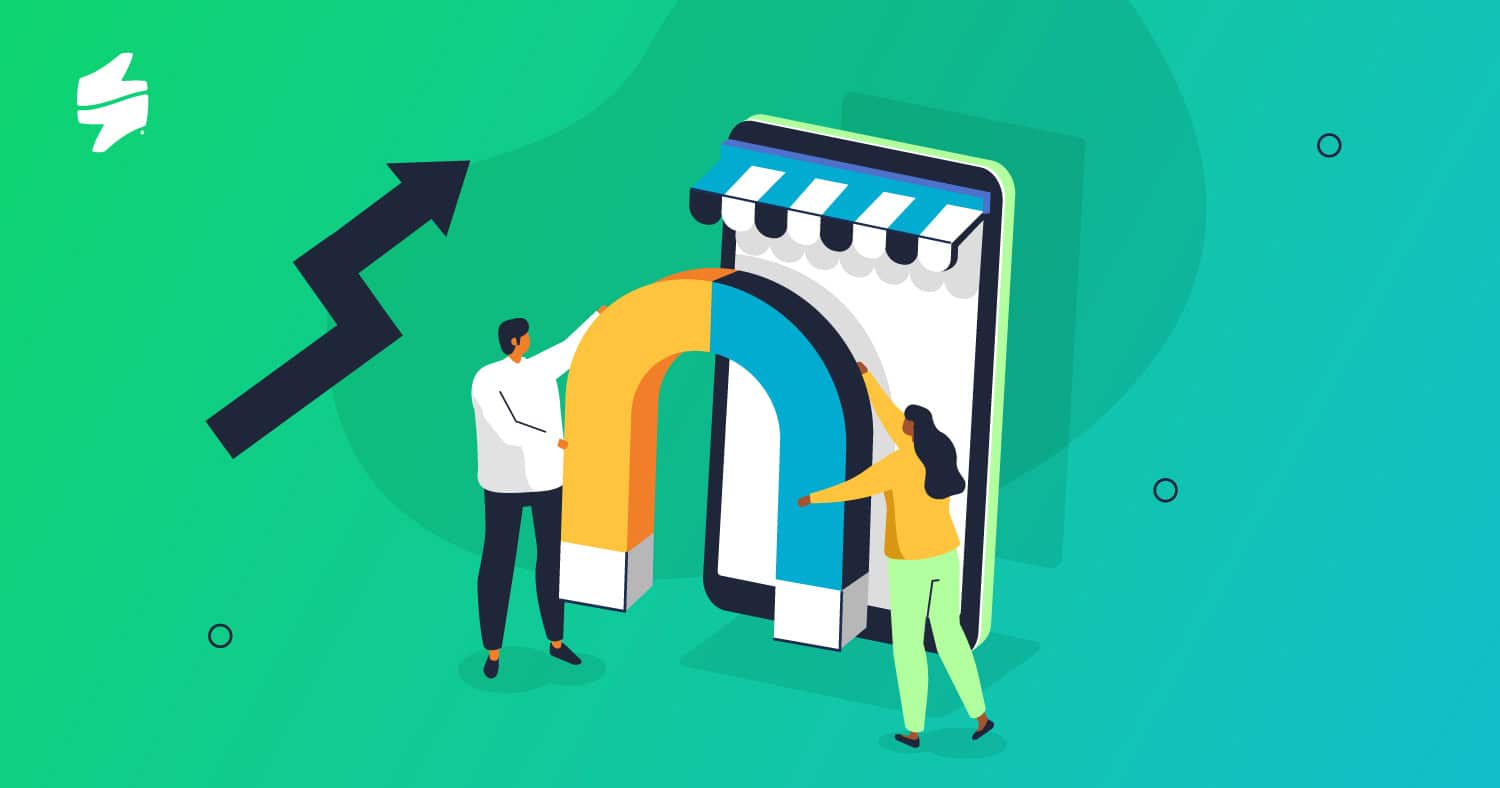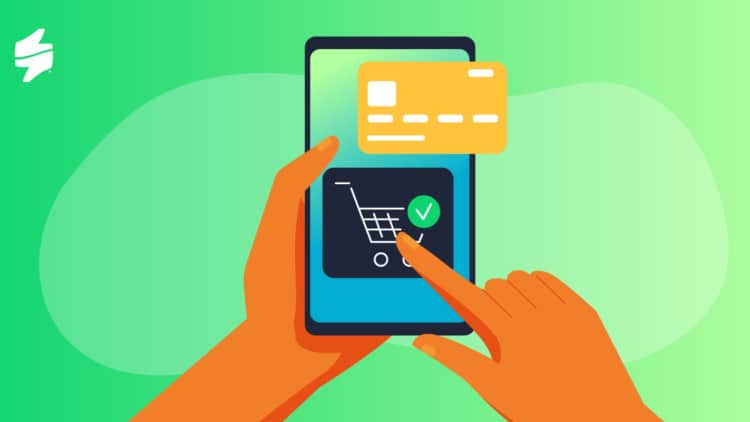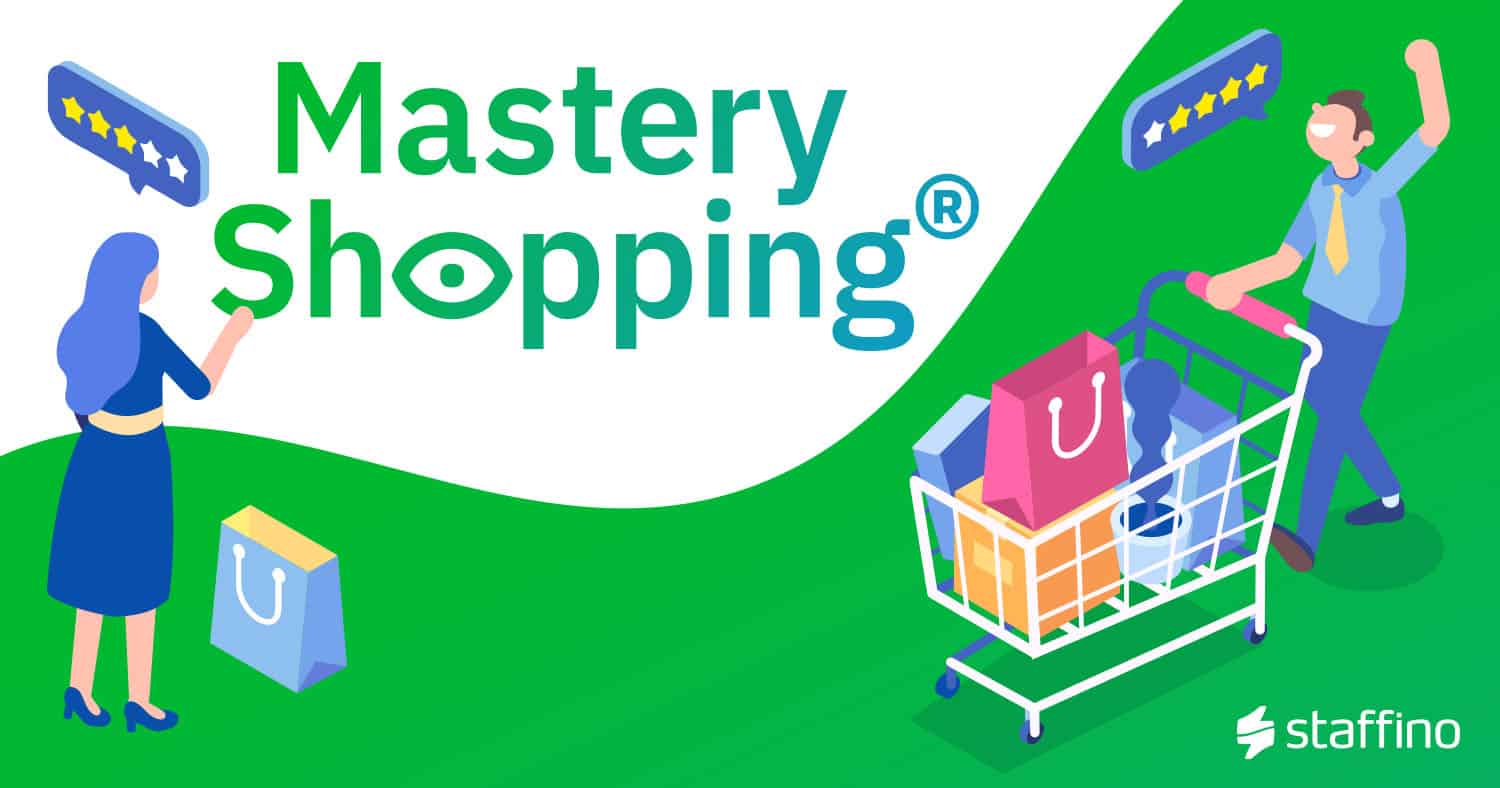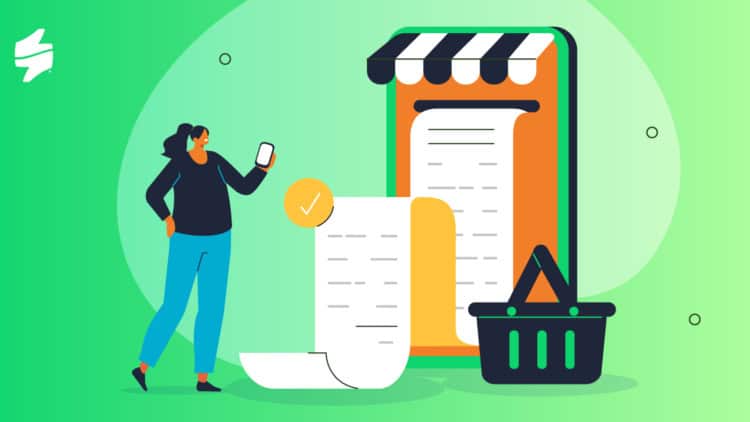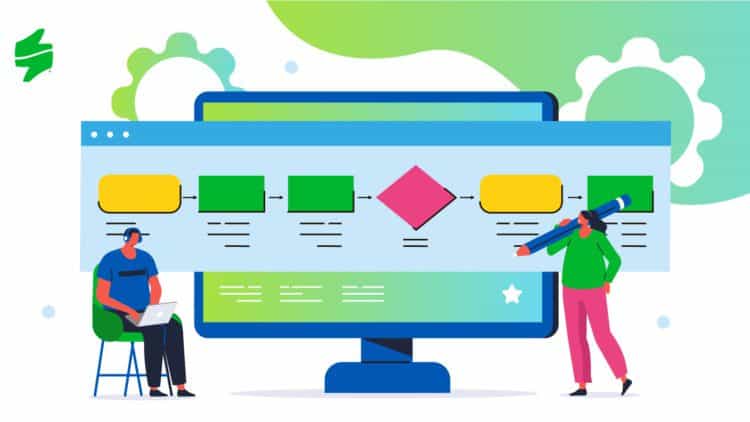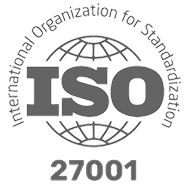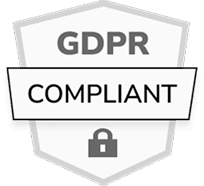Customer retention is the backbone of sustainable business growth. While acquiring new customers is essential, retaining existing ones is far more cost-effective and directly impacts long-term profitability. But how does one effectively manage retention? That’s where customer retention management comes into play.
In this article, we’ll break down the fundamentals of client retention management, key metrics to track, and proven strategies to keep customers engaged. Whether you’re a customer retention manager, CX director, or sales leader, this guide will help you build a solid customer retention model to drive loyalty and revenue.

What Is Customer Retention?
Let’s first define customer retention. It refers to a company’s ability to keep existing customers engaged, satisfied, and returning for future purchases. The goal is to maximise customer lifetime value (CLV) by providing consistent value and ensuring positive experiences.
What Is the Meaning of Customer Retention Management?
What is customer retention management? It is a strategic approach businesses use to prevent churn and foster long-term customer relationships. A structured customer retention process involves tracking engagement, resolving issues proactively, and continuously optimising customer interactions to enhance satisfaction.
Companies often invest in customer retention management software to monitor retention KPIs, automate customer outreach, and personalise engagement strategies.
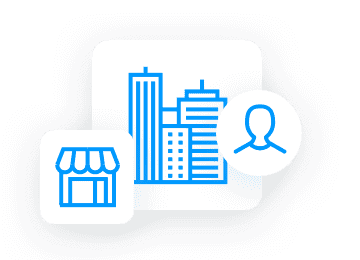
Retain Customers and Increase Profits!
Make sure your customer relationships don't slip away with Staffino's Retention Case Monitoring. This easy-to-use tool gives you the power to maximise customer retention and boost loyalty.
Why Is Customer Retention Important?
A well-executed retention management strategy has a direct impact on revenue and business sustainability. Here’s why:
- Lower acquisition costs: It’s 5–7 times more expensive to acquire a new customer than to retain an existing one.
- Higher profitability: A customer retention model that improves loyalty can boost profits by 25% to 95%.

- Increased Customer Lifetime Value (CLV): Loyal customers spend more over time.
- Stronger brand advocacy: Satisfied customers become brand ambassadors, driving word-of-mouth referrals.
Effective client retention management not only increases revenue but also enhances brand reputation and customer satisfaction.
Key Customer Retention Metrics to Measure
To evaluate the success of your customer retention department, track the following key customer experience metrics:
1. Customer Retention Rate (CRR)
Customer retention rate measures the percentage of customers a business retains over a given period.
Formula:
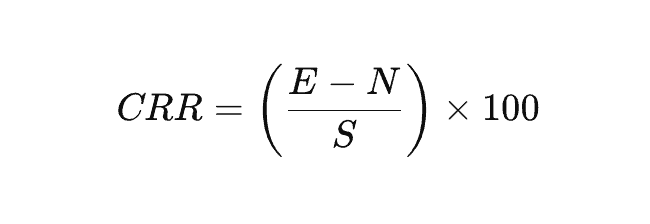
Where:
- E = Number of customers at the end of the period
- N = Number of new customers acquired
- S = Number of customers at the start of the period
2. Churn Rate
Customer churn rate indicates the percentage of customers who leave within a specific timeframe.
Formula:

3. Customer Lifetime Value (CLV)
Predicts the total revenue a business can expect from a single customer.
Formula:

4. Net Promoter Score (NPS)
Net Promoter Score (NPS) measures customer satisfaction and the likelihood of recommending your brand to others.
5. Repeat Purchase Rate
Repeat purchase rate shows the percentage of customers making multiple purchases.
6. Customer Satisfaction Score (CSAT)
CSAT assesses how happy customers are with a product, service, or employee.
Tracking these metrics allows client retention managers to refine strategies and proactively address negative reviews.
8 Proven Customer Retention Strategies
A strong customer retention management system doesn’t rely on luck—it requires a structured approach to keeping customers engaged and satisfied. Below are eight proven strategies that can help businesses build a customer retention model that strengthens customer relationship management (CRM) and reduces churn.
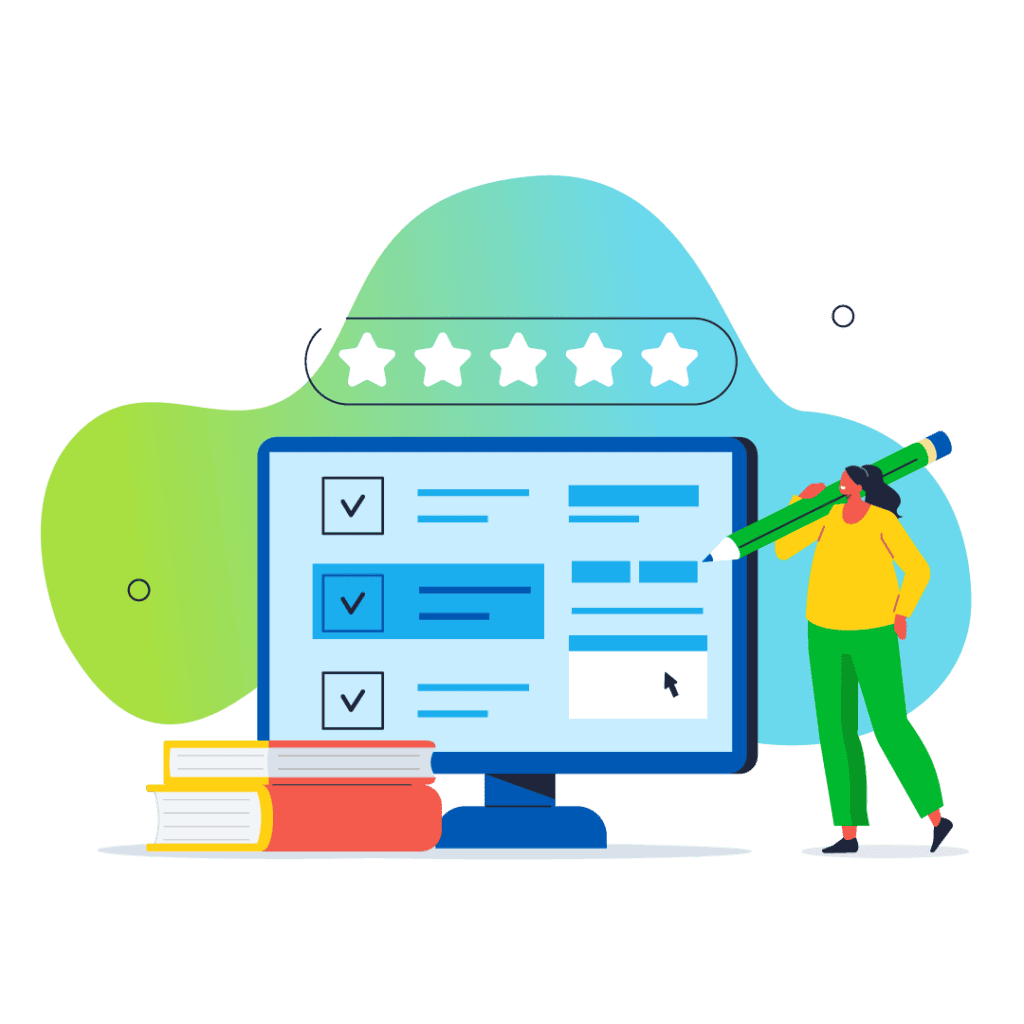
1. Deliver Exceptional Customer Service
Customer service is often the deciding factor in whether a customer stays or leaves. Studies show that 73% of customers remain loyal to brands that provide friendly, efficient, and problem-solving support.
If you aim for 5-star customer service reviews, your customer retention department should focus on:
- Speed – Responding to customer complaints and resolving their issues quickly before frustration escalates.
- Personalisation – Addressing customers by name and understanding their history.
- Empathy – Acknowledging concerns and offering genuine solutions.
Businesses using AI-driven customer support, like Staffino’s AI Response Generator, can automate responses while maintaining a human touch. This ensures customers feel heard, even during high support volumes.
2. Personalise the Customer Experience
Personalisation goes beyond using a customer’s first name in emails—it’s about understanding their preferences, behaviours, and needs to create a unique experience.
Key ways to personalise customer interactions:
- Tailored recommendations based on past purchases or interactions.
- Customised communication through preferred channels (email, chat, SMS).
- Dynamic pricing or discounts based on customer loyalty or engagement.
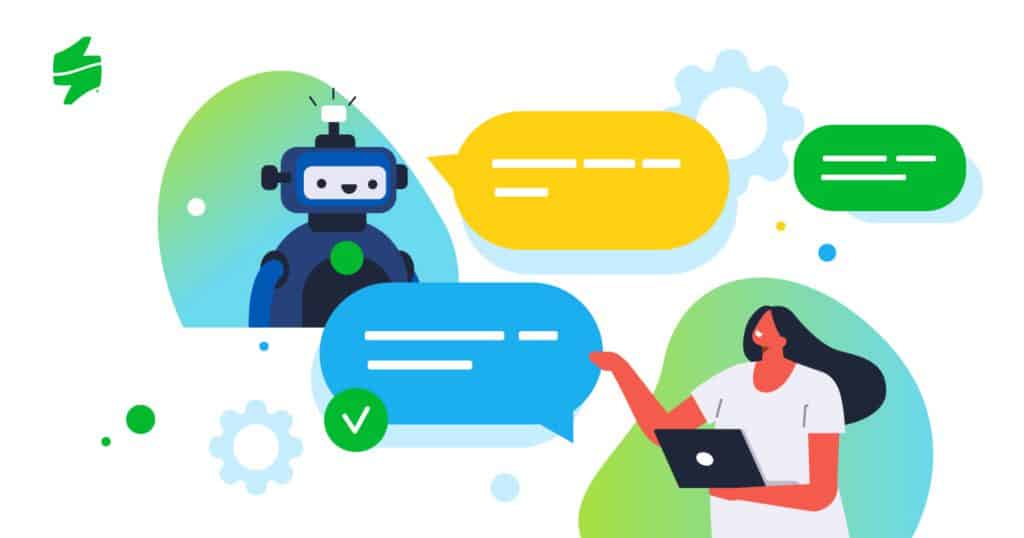
AI-powered customer experience platform can help segment customers based on their preferences and deliver hyper-personalised, improved customer experience that boosts retention.
3. Implement a Loyalty Program
Loyalty programs incentivise repeat purchases and long-term engagement. A well-designed loyalty program should offer tangible value beyond just discounts.
Successful loyalty programs include:
- Point-based systems (e.g., Starbucks Rewards)
- Tiered memberships (e.g., Amazon Prime)
- Exclusive perks (e.g., early access to sales or new products)
By integrating loyalty programs into the customer retention process, businesses can increase repeat purchase rates and CLV while rewarding long-term customers.
4. Gather and Act on Customer Feedback (Closed-Loop Feedback Process)
Customer feedback is useless if it’s not acted upon. A feedback loop ensures that businesses collect, analyse, and respond to customer concerns in real time.
What is closed-loop feedback? It’s the practice of not just gathering feedback but following up with customers to resolve their issues and inform them of improvements.
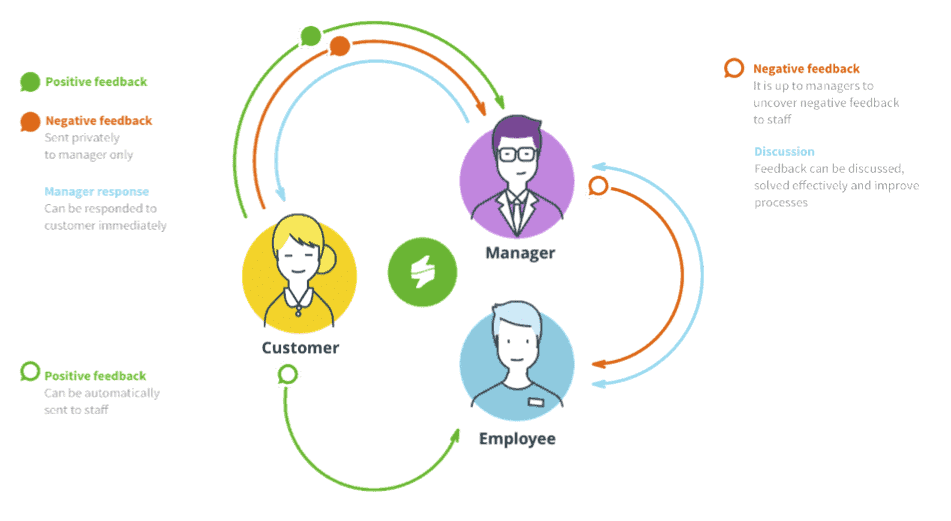
How businesses can close the loop:
- Collect feedback in real-time (customer surveys, public customer ratings and reviews, chat interactions)
- Analyse feedback to identify pain points
- Respond and resolve customer concerns promptly
- Close the loop by informing the customer about the resolution
Our customer experience management platform automates this process by identifying at-risk customers and ensuring follow-up actions are assigned and tracked. Companies that embrace closed-loop feedback typically see higher customer retention rates and satisfaction scores.
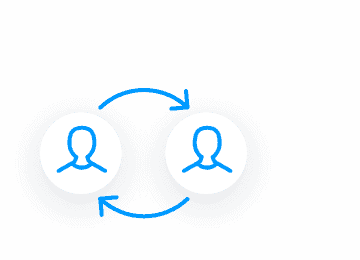
Get Actionable Insights with Closed Loop Feedback Management
With Staffino, you'll never leave a customer unhappy again! Streamline the process of collecting and responding to feedback, identify areas of improvement, and make sure that customer issues are addressed quickly and effectively.
5. Improve Onboarding and Customer Education
A well-structured onboarding process helps customers understand your product’s value as quickly as possible, reducing frustration and churn. It nurtures a positive customer perception right from the start.
Strong onboarding should include:
- Welcome emails with clear next steps
- Product walkthroughs or tutorials
- Dedicated onboarding support or chat assistance
For SaaS companies, client retention managers play a crucial role in guiding users through product adoption, ensuring they get the most value from their investment.
6. Offer Subscription and Membership Options
Subscription models create predictable revenue while encouraging long-term commitment. Even businesses that don’t traditionally operate on subscriptions can integrate membership-based perks.
Examples:
- E-commerce brands – Subscription boxes or VIP membership discounts
- Service providers – Retainer-based pricing or priority support plans
- Retail & hospitality – Exclusive memberships to improve retail experience (e.g., Costco, Hilton Honors)
When customers feel they’re getting consistent value from a brand, they are far less likely to switch to competitors.
7. Build a Community Around Your Brand
Customers who feel like they belong to a community are more likely to stay engaged with a brand long-term.

Ways to build customer communities:
- Exclusive social media groups for loyal customers
- Live events, webinars, or meetups to deepen engagement
- User-generated content campaigns that showcase customer stories
Apple, for instance, has cultivated a strong community of users who advocate for the brand, provide peer-to-peer support, and celebrate new product launches together.
8. Leverage AI and Automation for Retention
Use an AI-powered feedback analytics platform to predict churn, personalise interactions, and optimise retention efforts.
How AI customer experience tools enhance customer retention management:
- AI Feedback Response Generator – Instantly replies to customer feedback with personalised, empathetic responses.
- AI Feedback Analysis – AI customer sentiment analysis identifies retention risks using natural language processing.
- Predictive Analytics – Forecasts which customers are most likely to churn based on behaviour trends.
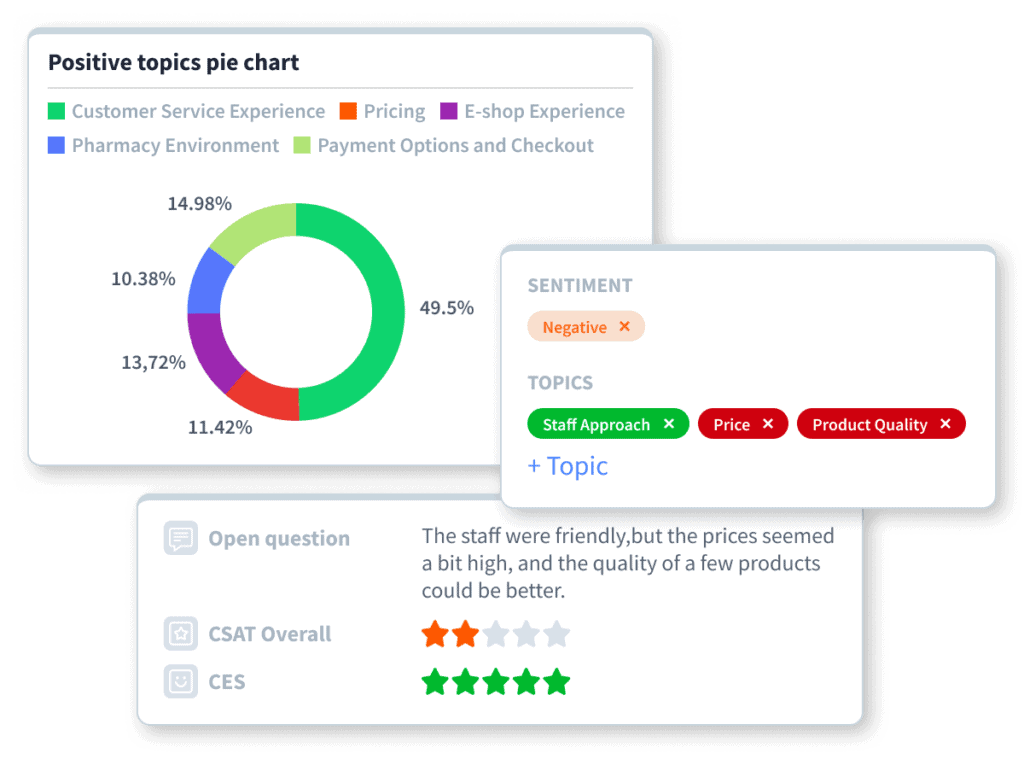
By leveraging customer retention management software with AI capabilities, you can stay ahead of retention risks before they turn into lost revenue.
Real-Life Customer Retention Examples from Leading Brands
1. Amazon Prime (Loyalty Program)
Amazon’s membership model offers free shipping, exclusive deals, and streaming services, increasing repeat purchases.
2. Apple (Ecosystem Lock-in)
Apple’s seamless integration across devices and services (iPhone, Mac, iCloud) encourages long-term customer retention.
3. Starbucks Rewards (Gamification & Personalisation)
Starbucks uses AI-driven retention management techniques to personalise rewards and incentives based on purchase history.
4. Netflix (Personalised Recommendations)
By leveraging AI-powered suggestions, Netflix enhances user engagement and reduces churn.
5. Zappos (Exceptional Customer Support)
Zappos is known for outstanding service and contact centre experience, including free returns and 24/7 support, fostering long-term loyalty.
6. SaaS Companies (Subscription-Based Retention)
Brands like HubSpot and Slack use customer retention management software to track user engagement and prevent churn.
Each of these brands has built a customer retention process that prioritises long-term relationships over short-term transactions.
How Quality Management Supports Customer Retention
A well-structured customer retention department aligns with quality management principles to ensure consistent service excellence. What is customer retention in quality management? Simply put, it’s about delivering reliability, efficiency, and superior customer experiences to minimise churn.

How Does Management Lead to Customer Retention?
Strong leadership fosters a culture of customer-centricity by:
- Setting clear retention goals
- Empowering teams with the right tools and training
- Encouraging proactive customer engagement
- Continuously optimising processes based on customer feedback
What does a customer retention manager do? They oversee retention initiatives, analyse customer data, and implement strategies to improve satisfaction and loyalty. Does it seem like a lot of work? Luckily, we have just the tools to help them—check them out below!
Boost Your Customer Retention with Staffino
Retaining customers requires more than just great service—it demands real-time insights, proactive engagement, and AI-driven automation. The Staffino customer experience platform offers cutting-edge tools that help businesses identify at-risk customers, analyse feedback trends, and automate responses to improve satisfaction and reduce churn.

1. Retention Case Monitoring: Identify and Resolve At-Risk Customers
Staffino’s Retention Case Monitoring enables businesses to detect customers at risk of churning and take immediate action. This feature allows companies to:
- Identify dissatisfied customers through real-time feedback
- Assign and track resolution cases to ensure follow-up
- Reduce churn rates with proactive issue resolution
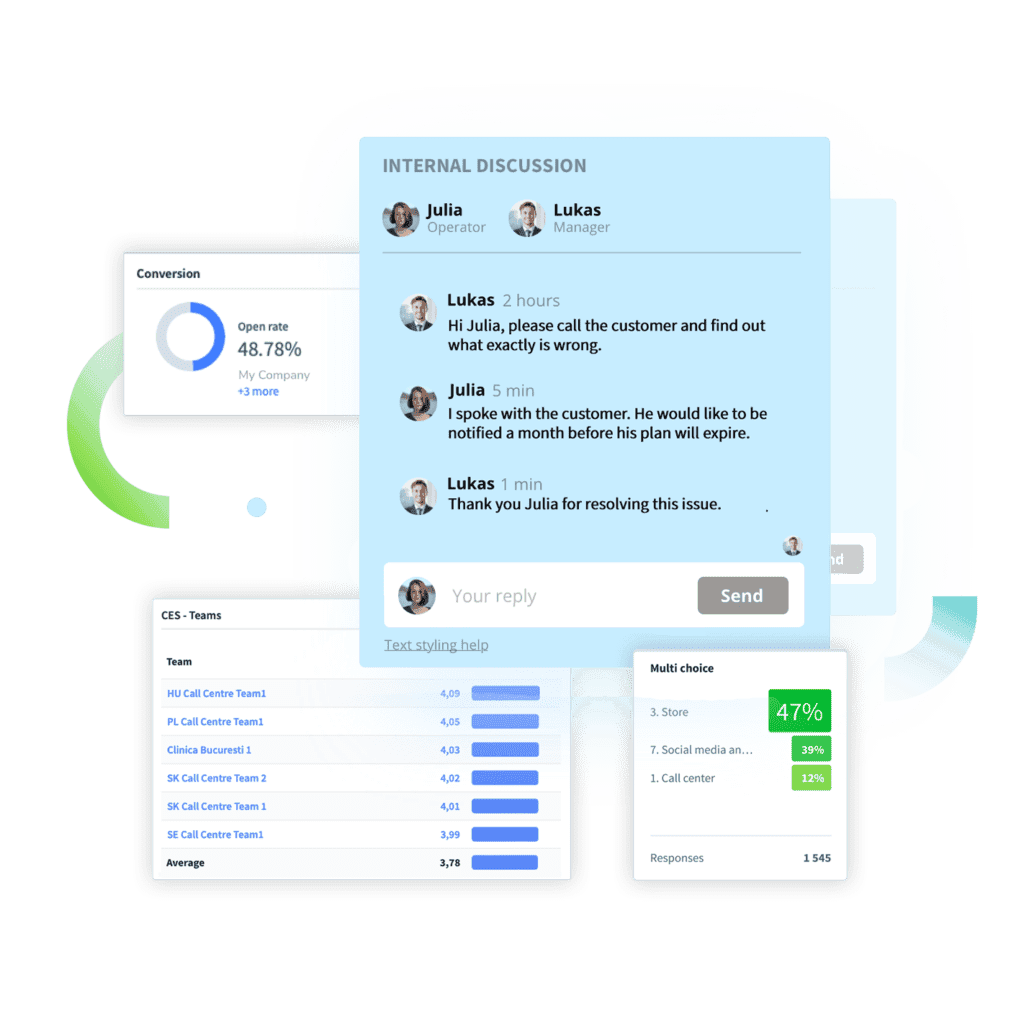
Our customer retention management software allows businesses to prevent revenue loss and strengthen customer relationships.
2. AI Customer Feedback Analysis: Uncover Hidden Retention Risks
Staffino’s AI Topic & Sentiment Analysis goes beyond traditional surveys by leveraging AI to analyse sentiment, trends, and root causes of dissatisfaction. With this tool, businesses can:
- Automatically categorise feedback into actionable themes
- Predict retention risks using AI-powered customer experience analytics
- Prioritise improvements that have the highest impact on loyalty
This AI-driven approach helps customer retention managers understand what truly influences customer decisions and adjust strategies accordingly.
3. AI Feedback Responder: Automate Personalised Customer Interactions
Customer retention isn’t just about gathering feedback—it’s about responding effectively. Staffino’s AI Feedback Responder ensures customers receive immediate, relevant, and empathetic responses based on their feedback. This feature:
- Automates personalised replies at scale
- Ensures customers feel heard and valued, reducing churn
- Frees up human agents to focus on complex issues
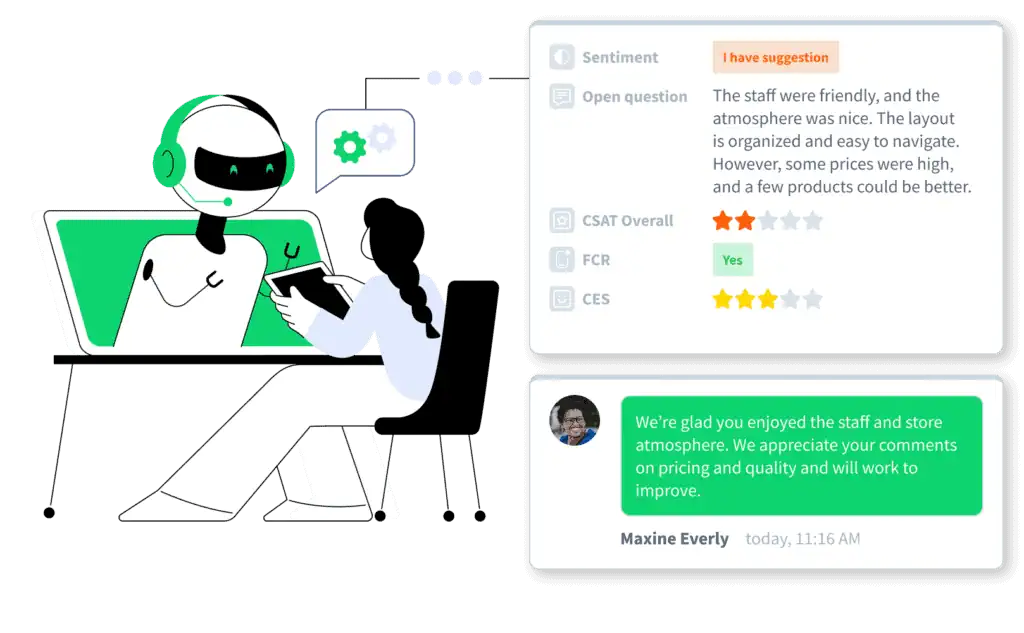
You can also opt for agent-assisted mode, where every AI reply needs to be reviewed by a human agent before sending.
AI-powered responses reinforce a customer retention model where feedback loops are not just closed but optimised for stronger relationships.
Case Study: How Orange Reduced Customer Churn with Staffino
A prime example of Staffino’s impact is Orange, a leading telecom provider that significantly improved its retention strategy using our tools.
Key results:
- Retention success rate of 70% through proactive feedback management
- Total saved value of €187,487 (€8,928 per one-month subscription)
- Increased issue resolution efficiency with AI-driven insights
- Improved customer loyalty by addressing retention risks in real time
Thanks to the simplicity of the Staffino platform and the ability to internally discuss each case directly within the app, we’ve been able to retain 70% of customers who were likely to leave.
Vladislav Kupka
Board Member, Orange
Turn Customer Feedback into Retention Success with Staffino
With Staffino’s retention management solutions, you can shift from reactive customer service to proactive sales retention management. Our AI-powered customer experience dashboards provide real-time insights, automate engagement, and help companies build a customer retention process that drives long-term loyalty.
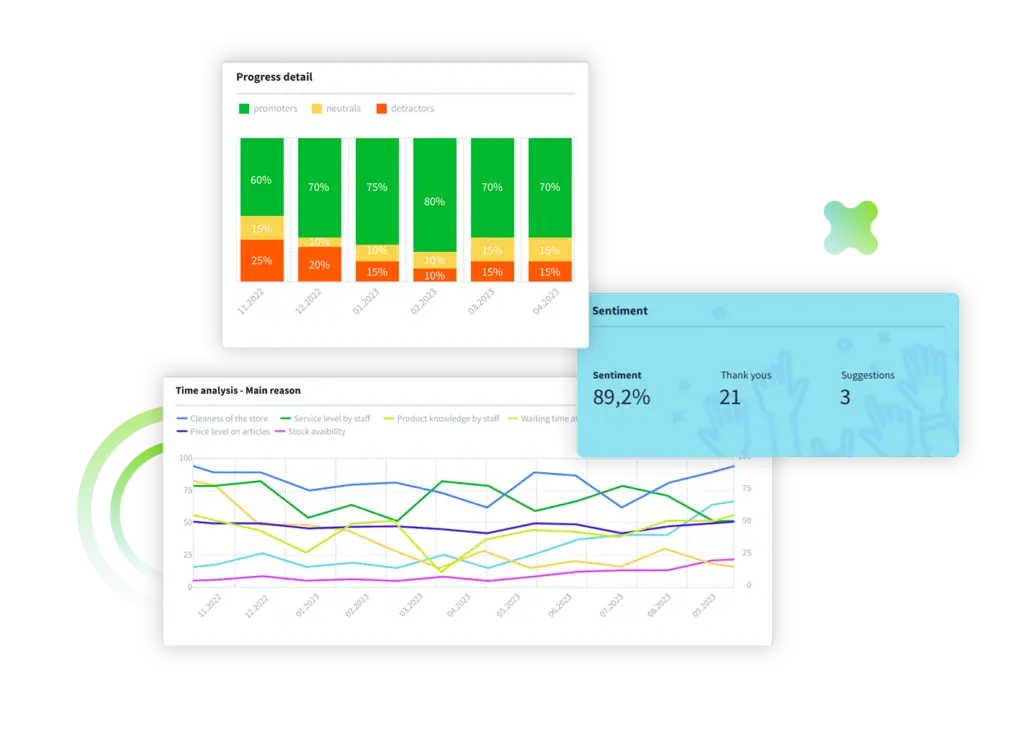
Final Thoughts
So, what is a customer retention manager’s role? It’s to ensure that every interaction contributes to long-term customer loyalty. A strong customer retention management system relies on proactive strategies, robust analytics, and a commitment to quality service.
By implementing these strategies and using AI for customer success, you can transform customer relationships into long-term growth drivers.
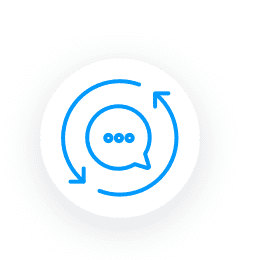
Get a First-Hand Experience Today!
Staffino is the perfect tool for creating engaging surveys, tracking performance, responding to customer feedback, and rewarding top employees. Get started today with our FREE demo!
